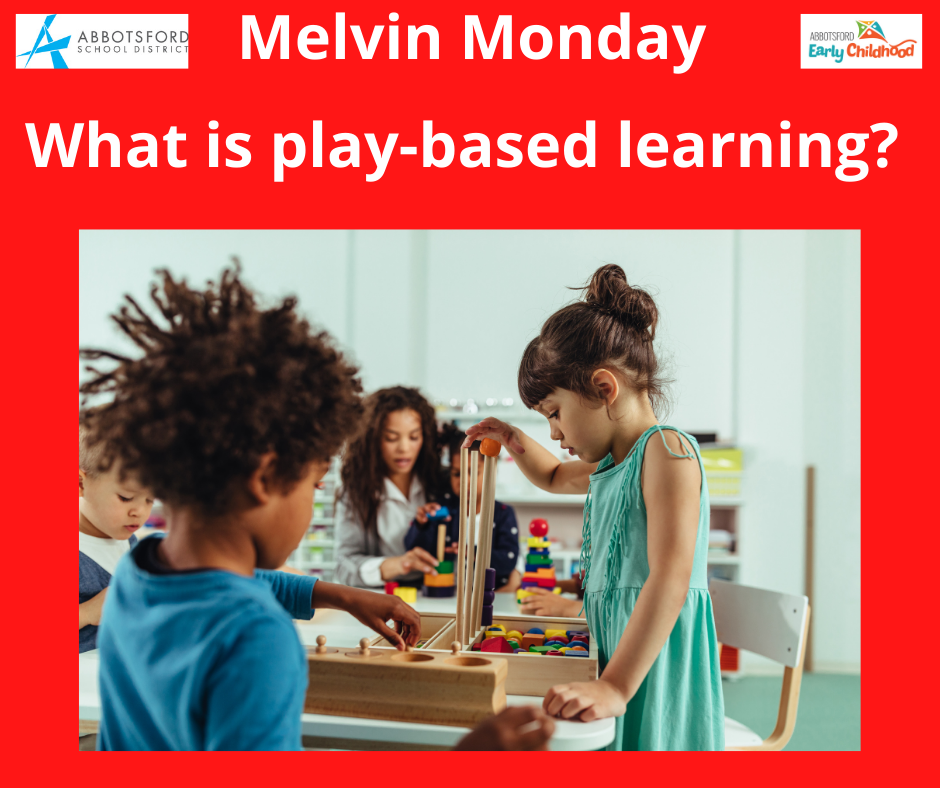
What is play-based learning? Play-based learning is a way of teaching and learning thru play led by the child and observed and guided by the parent/caregiver. Play-based learning can be:
Child chosen play
- Children are free to choose among many possibilities, make the rules and control their own play.
- Children engage in their interests, so they have a natural motivation to learn; they learn the most from play that belongs to them
Created by the child play
- Children are frequently inventing new ideas, new constructions or doing something they have not tried before. They use many materials to build, create and talk about what they are doing.
- They will use a word, a toy, or a set of blocks to represent a real experience or a powerful feeling, they are developing creativity and thinking skills.
Pretended play
- Children use their imaginations and pretend that the activities they are doing are real.
- They use their imaginations to improvise, to think flexibly, and to explore new options.
- Through pretend play, children develop the ability to use their imaginations to represent objects, people, and ideas.
Discovered play
- Children frequently use play to make their first attempts at pretending to read and write, they act as if they are able readers and writers.
- Children prefer to learn from the process or doing the activity rather than the outcome or product.
- Children use play to work through their feelings in creative ways and to make sense of the world around them.
Focused and Fun play
- Children prefer to be actively engaged with their minds and bodies.
- Learning occurs where children are interacting with their surroundings and materials and cooperating with other children and adults.
- Children enjoy being with others, solving problems, expressing their ideas, and cooperating with other children in mutually satisfying projects.
Parents and/or caregivers can
- Provide opportunities where children can plan their own play and activities; solve problems both with materials and people; and pay attention to a project until it is done
- Provide a safe environment with support and rules so that children can learn as much as possible
- Spend time listening to children’s thinking and pose questions to deepen understanding and help put their new learnings into words.
- Observe and support the child’s interactions with the materials and others
To learn more about learning thru play you can download PLAY TODAY: A Guide for Families – A guide to support high quality, play-based learning experiences in the early years, that provides examples of how a diverse range of play experiences can be integrated into programs for young children and it also illustrates how play-based learning experiences may be used in early learning environments and the role of the educator (parent/caregiver) in this important process.
